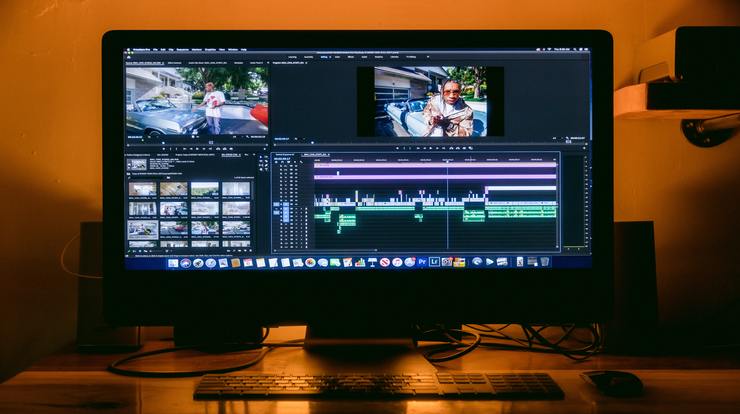What Is A Deepfake?
Deepfake videos are popping up all across the internet. Perhaps you’ve seen advertisements for new apps that can superimpose your face onto videos. Or maybe you’ve seen the comedy YouTube channels where Nicholas Cage’s face replaces everyone in the clip. You may not have seen anything even close to this. These are just some examples of deepfake videos.
Deepfake is currently being used by amateur filmmakers and for satirical art. The problem, however, is that deepfake tends to pose more of a problem than a solution. The editing of videos to mimic the appearance of real life people has been problematic at best and caused people to question their politicians.
Unfortunately, deepfake is here to stay, which means it’s our responsibility to make sure we’re consuming and sharing information that’s true. Microsoft released a tool to help spot deepfake videos, but, just like phishing emails, it’s good to know how to spot them on your own.
Spotting A Deepfake
The truth is in the details. Even with the most sophisticated AI creating these videos, the technology still lacks the ability to capture the minutia of human characteristics. Flyaway or baby hairs on a person’s head are an indication that the video is likely real. The fabricated videos still have trouble replicating this type of detail.
Next, take a look at the eyes. People naturally shift their gaze toward the subject they’re addressing. In a deepfake video, the subject may have a lazy eye or an odd gaze. Additionally, glasses will glitch or fuzz as the deepfake speaker moves their head.
Another giveaway is the lineup of the teeth. Deepfake videos aren’t quite adept at creating individual teeth. Instead, they tend to look like one long band of white. That’s a great indication you’re looking at an AI generated video.
Finally, check the face. Faces in general are a great indicator that the video you’re watching might be fabricated. Watch as the subject turns their head. These kind of of videos create a distortion when the face isn’t looking directly forward. These differences are counting on you to watch them on your phone, as the screen is smaller and less likely to show inconsistencies. Check out a video on your TV to see if there are problems you can spot.
But How Does It Make You Feel
In addition to the physical characteristics of the deepfake videos, you’ll need to question the motives behind it. Politics has become a deep source of division and contention among many Americans. Is the video you’re watching eliciting an emotional response? Is it tugging at your heartstrings or enraging your sense of justice?
The purpose of many of these videos is to spark an emotional response in the viewer. We are hardwired to pay more attention to ideas that we emotionally connect with, therefore the goal of a deepfake is to make you remember it. Therefore, by using common sense and rational thinking, you can stop yourself from buying into the emotional radicalism the creator is hoping for.
Just Keep Learning
The best thing we can do to not become victims of scams, including intellectual scams like deepfake videos, is to educate ourselves. The tips above are a great start, now take the quiz below to learn more and see if you’ve gained the ability to spot a deepfake.
And, as always, stay safe out there.
Photo by Jakob Owens on Unsplash




